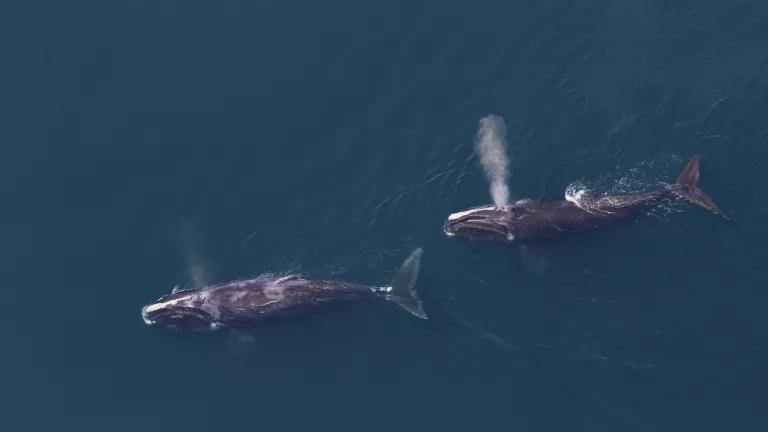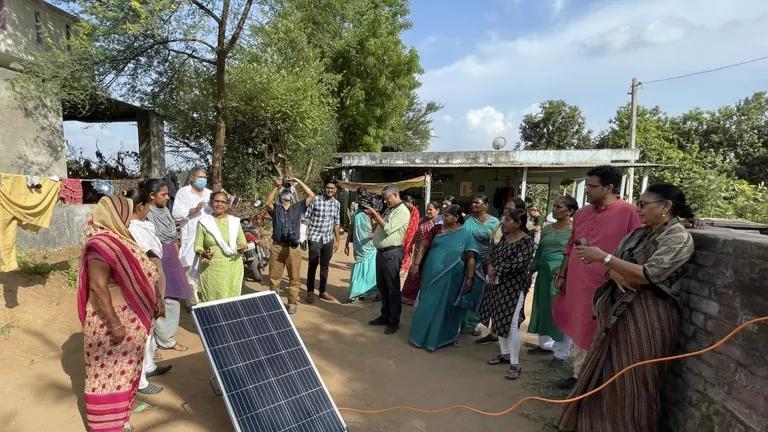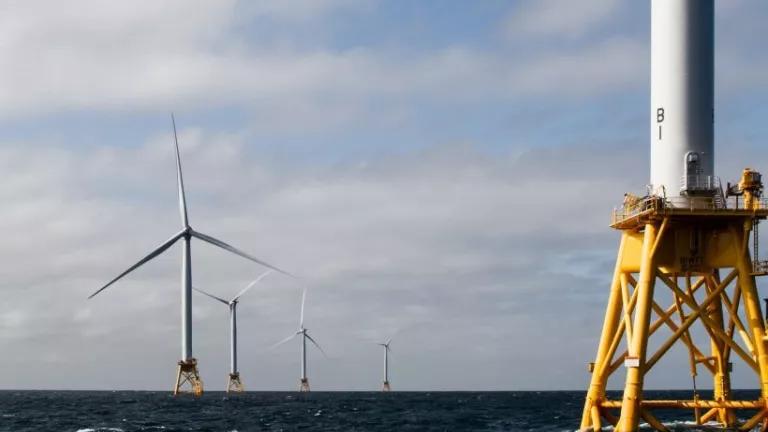Unlocking India’s Offshore Wind Market
For India to realize its energy potential and move toward the government’s offshore wind target of 30 GW by 2030, the country must rapidly develop and scale up this market.
Guest Blog by Poonam Sandhu, John Dulac, and Jessica Korsh.
India’s prospects for offshore wind energy are good, given the country’s 7,600 kilometers of coastline. In fact, the government estimates that two states alone, Gujarat and Tamil Nadu, have about 70 gigawatts (GW) of potential offshore wind power—enough to power more than 50 million homes. Yet for India to realize this energy potential and move toward the government’s off-shore wind target of 30 GW by 2030, the country must rapidly develop and scale up this market.

The world has about 35 GW of installed offshore wind energy, with the bulk located primarily in Europe and China. While the global offshore wind potential looks promising, costs can still be relatively high in markets where offshore wind has not yet been established on a commercial scale or where offshore wind lacks a domestic supply chain, market experience, and investor confidence.
Path forward to unlocking India’s offshore wind energy potential
The Organization for Economic Co-operation and Development (OECD) and NRDC, under the guidance of a Government of India-led Steering Committee, are developing a Clean Energy Finance and Investment (CEFI) Roadmap on offshore wind. The Roadmap will include financing solutions and effective investment vehicles that can help unlock opportunities for offshore wind, bring in new investors, and attract international capital. A series of stakeholder consultations by NRDC and OECD have highlighted key issues, including three priorities for short to medium term (to 2030) development of offshore wind in India:
- clarity on contracts (e.g. on Power Purchase Agreement (PPA) conditions and sanctity, off-taker risk, tariff regime, revenue support, and pipeline development);
- regulatory conditions (e.g. for technical standards, import duties, local content requirement and local taxation);
- need for infrastructure development (e.g. ports, yards and transmission).

OECD-NRDC led stakeholder consultations, 2022
NRDC
Stakeholders also emphasized that the cost of finance was a critical factor in controlling project costs and the levelized cost of energy (LCoE). The Ministry of New and Renewable Energy (MNRE), since receiving stakeholder feedback, has offered clarity on some of the issues in CEFI Roadmap interactions and during the workshops hosted by OECD and NRDC.
Clarity on contracts
MNRE is proposing a first tender for one GW of offshore wind capacity additions in Gujarat this year, to be followed by a second tender of two GW that would seek to develop capacity in Tamil Nadu. To facilitate these proposed offshore wind developments and provide revenue support, the first two rounds of tenders would have financial support via proposed viability gap funding. MNRE also confirmed that the Solar Energy Corporation of India (SECI) will secure purchase agreements for electricity, effectively mitigating developers’ offtake risk concerns. The government will provide lease agreements for 30 years.
Regulatory conditions
Stakeholders encouraged visibility on market volumes and pipelines beyond the first two tenders and 2030 targets. This pipeline could include renewable energy (offshore wind) purchase obligations for utilities, like what is used for hydropower, to boost project development through utility demand, also known as power distribution companies (DISCOMs). Visibility on annual tendering could also signal scale to encourage the development of onshore component manufacturing and domestic supply chains, which should help to reduce overall costs.
MNRE has shared its plans for offshore wind auctions in Gujarat and Tamil Nadu. MNRE also indicated a breakup of annual expected bidding capacities and the path toward reaching 30 GW of offshore wind energy by 2030 and clarified that the National Institute of Wind Energy (NIWE) will be the nodal agency and a single point of contact for all project approvals.
Infrastructure development
Stakeholders expressed the need for infrastructure (e.g. transmission and ports capable of supporting 15 to 20 megawatt turbines and their blades). For long-term capacity additions, participants highlighted support of synergies and integration within India’s wind energy industry to enable capacity development to 2030. They also discussed additional project and investment risk mitigation measures such as through financial support from production linked incentives for domestic components manufacturing.
MNRE is in discussion with port operators in Gujarat and Tamil Nadu regarding port renovations, which will likely need to be done through public-private cooperation. MNRE plans to support grid connectivity through Powergrid and the Central Transmission Utility. The government would cover evacuation infrastructure to the developer’s offshore substation. Project support beyond the first two tenders would likely be made through fiscal incentives (e.g. waiver of transmission charges and potential multipliers for renewable energy certificates).
MNRE shared plans to set up a test facility to replicate the successful experience of test centers in places like the United Kingdom. The planned site on Rameshwaram Island will allow for equipment testing, provide data on how to optimize technology, and act as a training center.
Financing and other challenges for offshore wind deployment
Stakeholders noted other challenges facing offshore wind, including limited available skilled workers and the potential for environmental and/or social conflicts in communities with coastal-supported livelihoods, such as fishing. Raising awareness about the benefits of offshore wind, including the potential for new jobs, as well as engaging with local communities can raise social acceptance and reduce potential conflicts.
Unlocking India’s offshore wind market will require enabling capital in the range of around $2.5 to 3 billion per GW (not counting other related infrastructure costs, such as port and transmission capacity). In the coming months, OECD and NRDC, guided by the Steering Committee, will examine solutions and actions under the CEFI Roadmap that can unlock finance and investment opportunities in India’s offshore wind development. The growing importance of offshore wind energy in India’s renewable energy portfolio is reinforced by the consistent engagement of the MNRE with stakeholders, and reassuring statements by its Honorable Minister, R.K. Singh. Offshore wind power can help India reach its target of 500 GW renewable energy, meet the country’s sustainable development goals, and create new manufacturing industries and jobs. Now is the time to build upon this momentum and turn India’s offshore wind dreams into reality. encouraging
Poonam Sandhu is the Climate and Clean Energy Finance Lead Consultant, NRDC.
John Dulac is a Clean Energy Finance Analyst with the CEFIM Programme, OECD.
Jessica Korsh is a climate health expert working as a consultant with NRDC.




